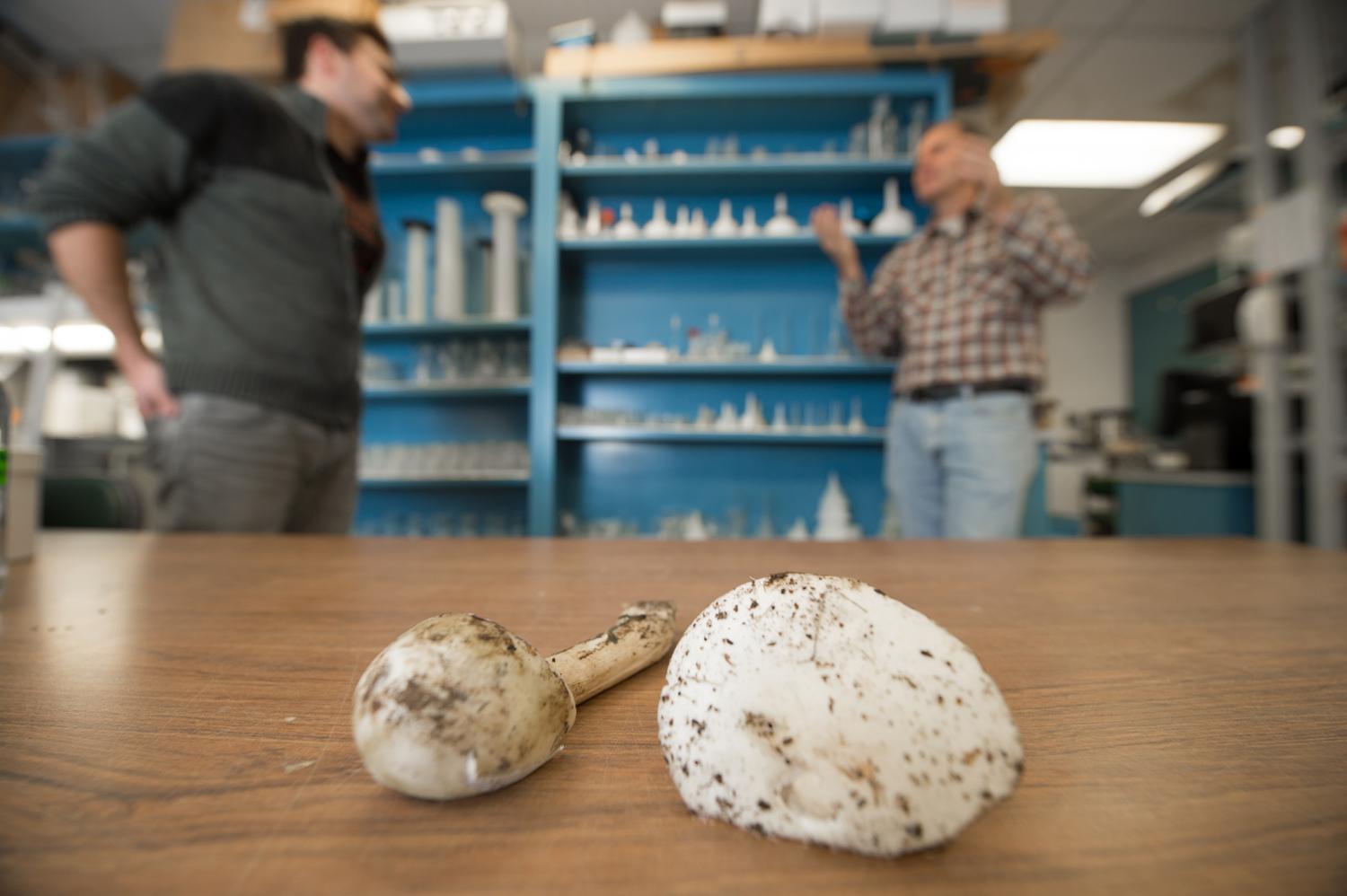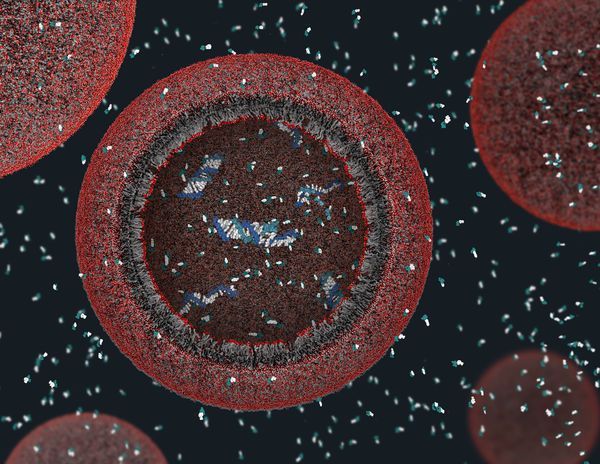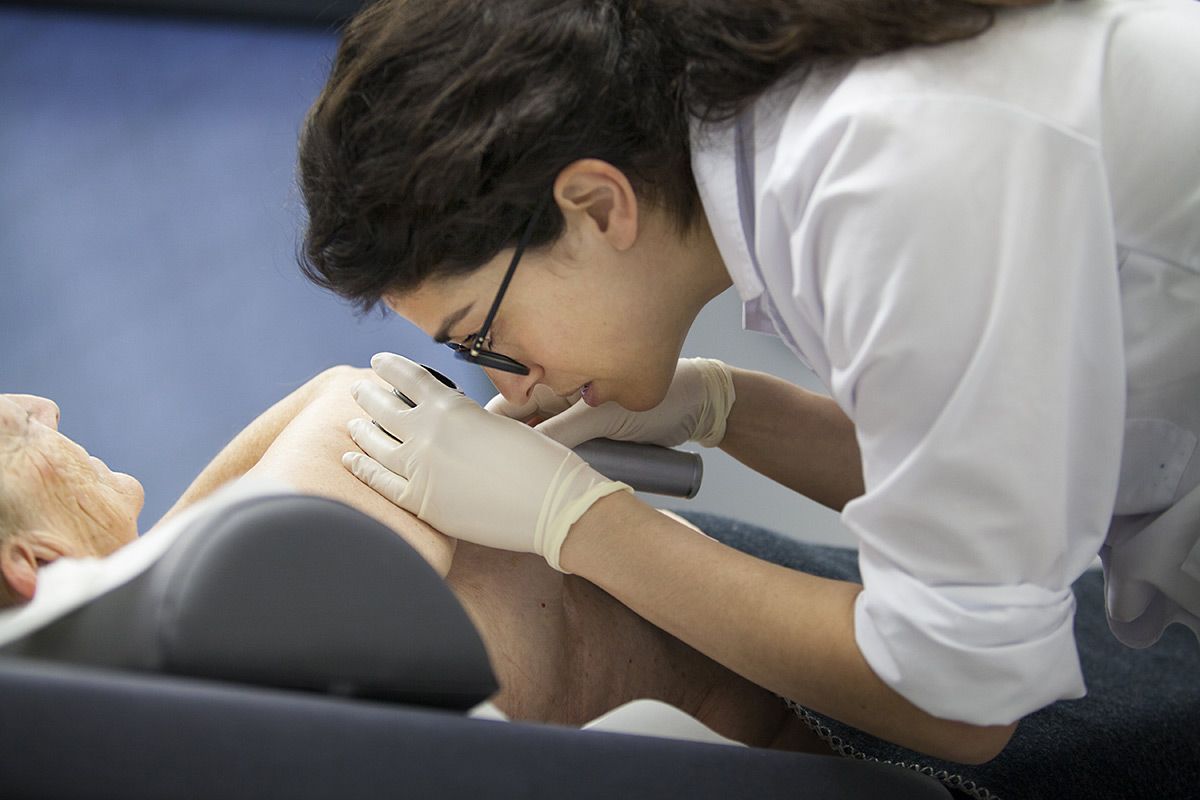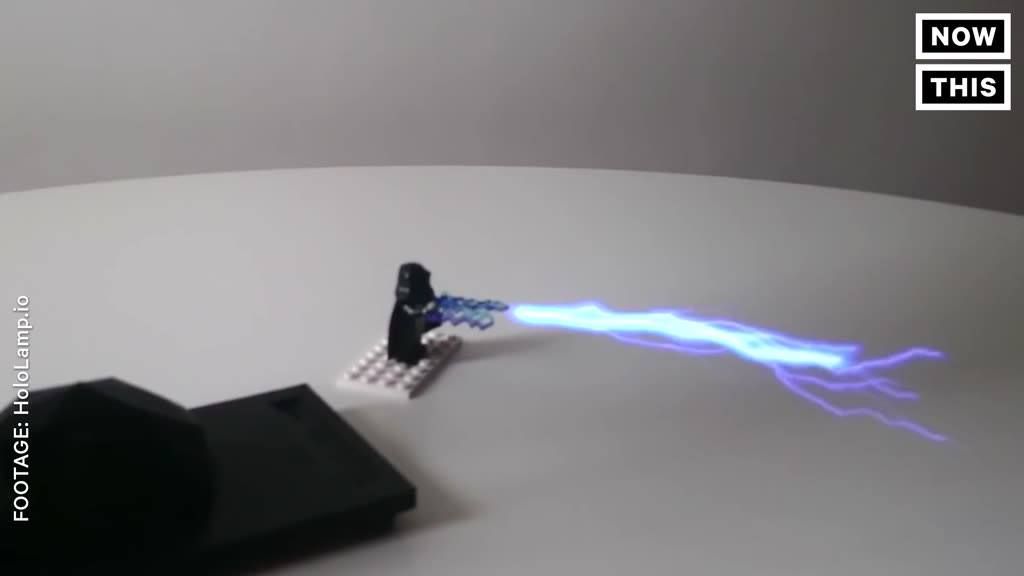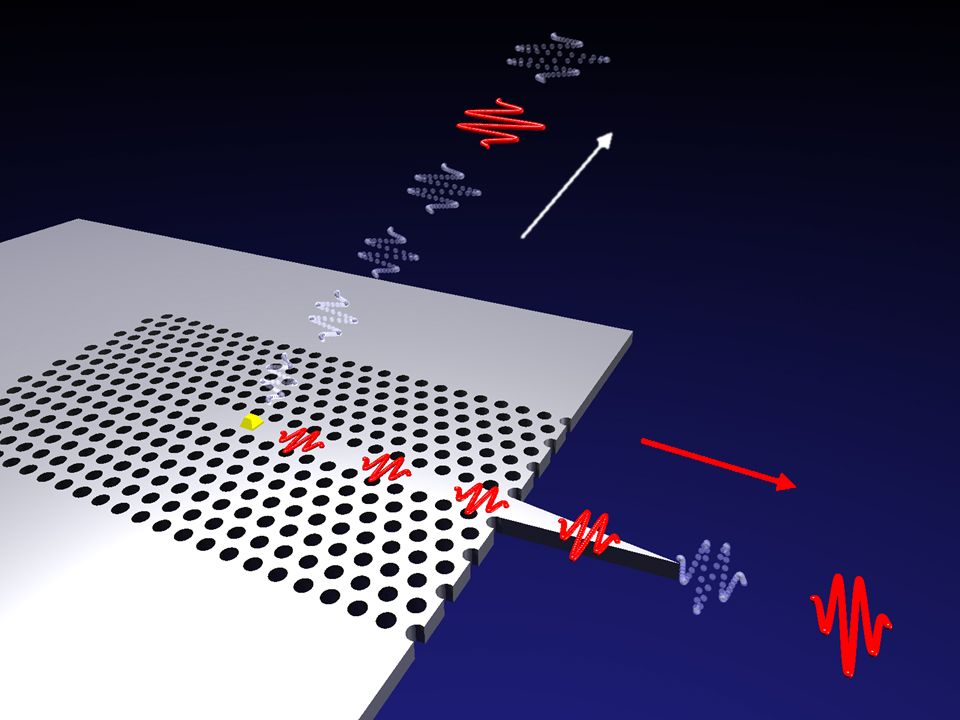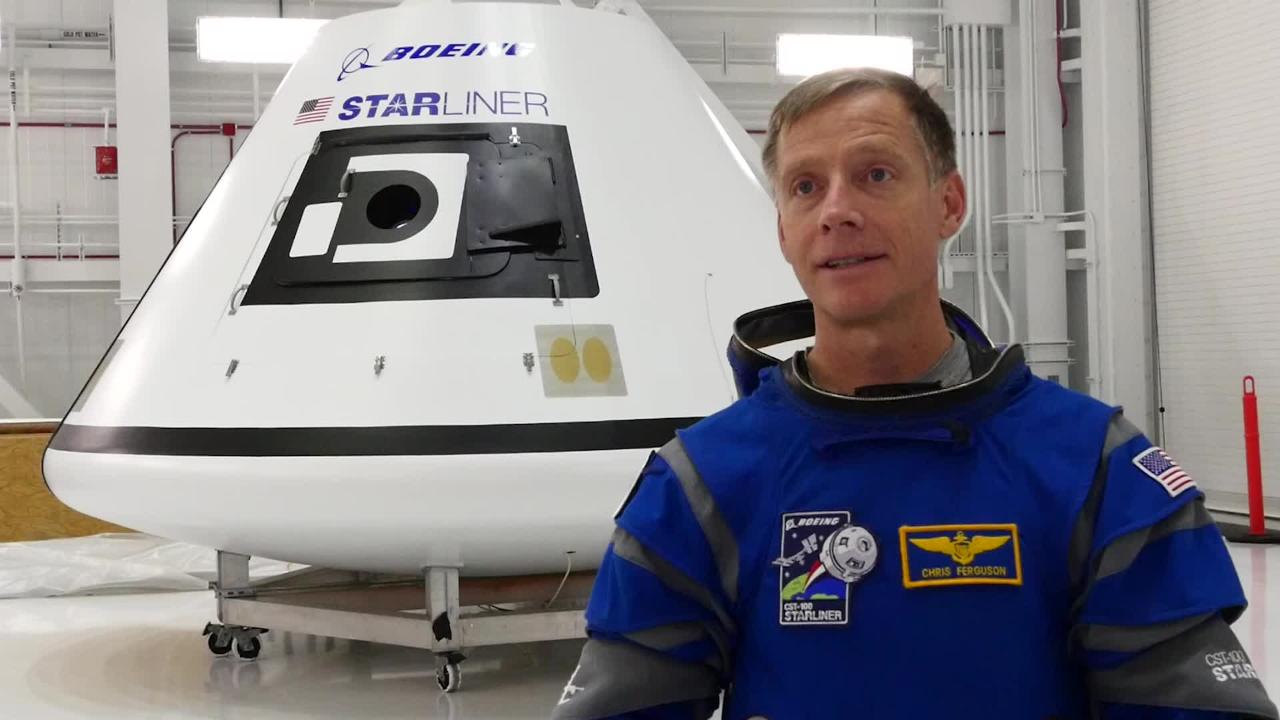Just when you thought there wasnt mushroom left for new drug discovery!
A team of Michigan State University scientists has genetically sequenced two species of poisonous mushrooms, discovering that they can theoretically produce billions of compounds through one molecular assembly line. This may open the door to efficiently tackling some lethal diseases.
The study, published in the journal BMC Genomics, reveals the DNA of two Amanita mushrooms, which are responsible for the majority of fatal mushroom poisonings.
The team will focus on the “Death Cap,” which grows all over the West Coast and Europe, and the “Destroying Angel,” native to Michigan.
